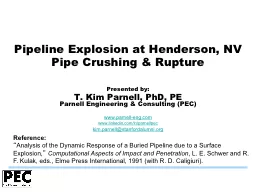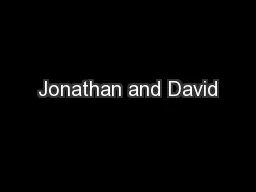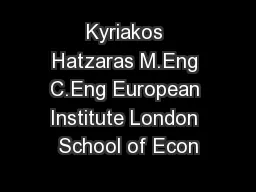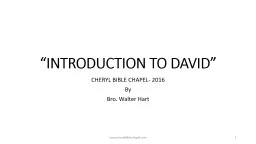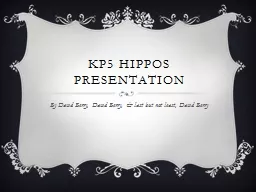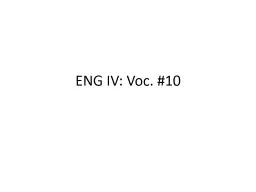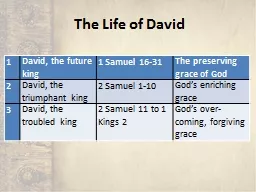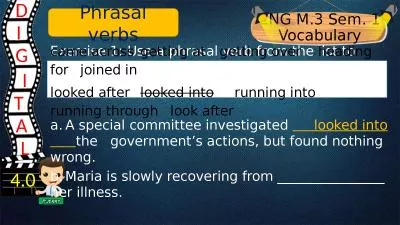PPT-David Underwood, P.Eng., FASHRAE
Author : myesha-ticknor | Published Date : 2019-11-23
David Underwood PEng FASHRAE Presidential Member 201516 ASHRAEs Building EQ Be an Energy Genius ASHRAE is a Registered Provider with The American Institute of Architects
Presentation Embed Code
Download Presentation
Download Presentation The PPT/PDF document "David Underwood, P.Eng., FASHRAE" is the property of its rightful owner. Permission is granted to download and print the materials on this website for personal, non-commercial use only, and to display it on your personal computer provided you do not modify the materials and that you retain all copyright notices contained in the materials. By downloading content from our website, you accept the terms of this agreement.
David Underwood, P.Eng., FASHRAE: Transcript
Download Rules Of Document
"David Underwood, P.Eng., FASHRAE"The content belongs to its owner. You may download and print it for personal use, without modification, and keep all copyright notices. By downloading, you agree to these terms.
Related Documents


